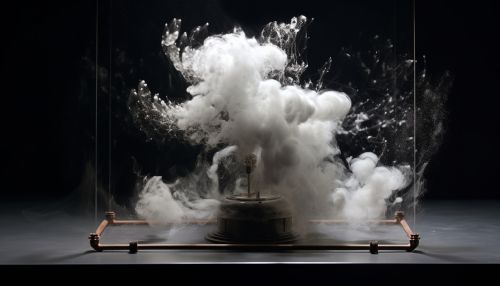Pion
Introduction
A pion or pi meson is a type of meson consisting of a quark and an antiquark. It was first observed in cosmic radiation by Cecil Powell and Giuseppe Occhialini in 1947. Pions are the lightest mesons and, more generally, the lightest hadrons. They are unstable, with the charged pions π+ and π− decaying with a mean lifetime of 26.033 nanoseconds (ns), and the neutral pion π0 decaying with a much shorter lifetime of 84 attoseconds (as).


Properties
Pions are spin-0 particles, meaning they are bosons. They have a positive, negative, or neutral charge, with the charged pions being the antiparticle of each other. The masses of the charged and neutral pions are slightly different, with the charged pions being about 0.1% heavier than the neutral pion. This is due to the electromagnetic self-energy of the charged pion.
Production and Decay
Pions are produced in high-energy collisions between particles. For example, in proton-proton collisions, pions are often produced along with other particles. The decay of pions is governed by the weak force. The charged pions decay into muons and muon neutrinos, while the neutral pion decays into two photons.
Role in Particle Physics
Pions play a crucial role in particle physics. They are the mediators of the strong nuclear force between nucleons, and their properties have been used to test various aspects of quantum chromodynamics (QCD), the theory of the strong interaction. The pion's role in the nuclear force was first proposed by Hideki Yukawa in 1935, and the discovery of the pion confirmed his theory.
